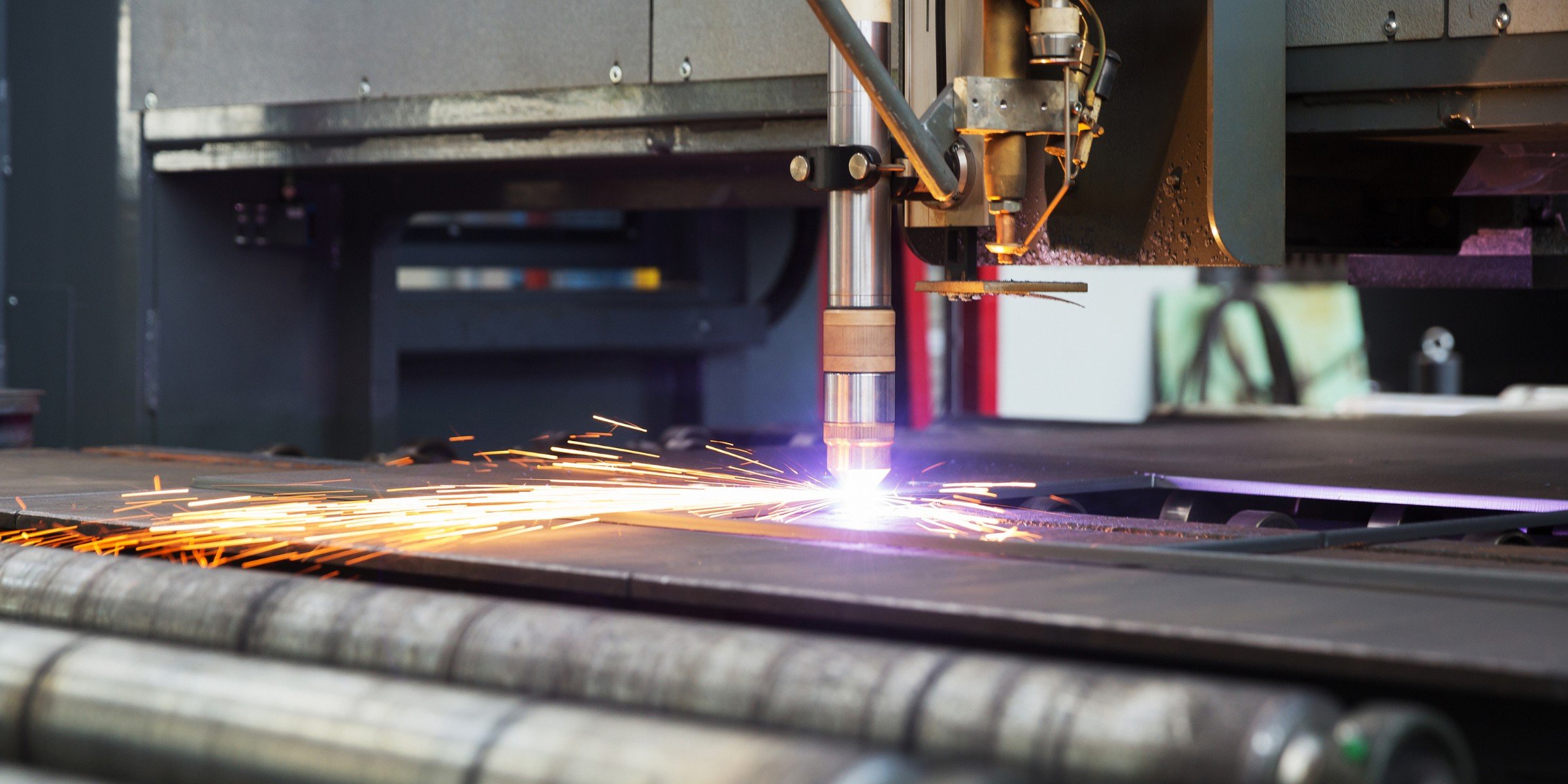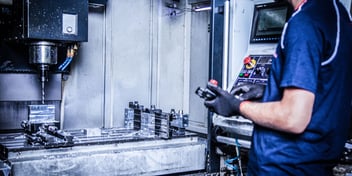How does a CNC plasma cutter work?
Want to invest in a CNC machine but unsure how they work, or what you’ll need to do to ensure yours operates as efficiently as possible? In this article, we discuss what a CNC plasma cutter is, the basics of how it works, and how to use them effectively in your day-to-day operations.
To make it easy, you’ll also find our 8-step guide to using a CNC plasma machine below.
What is a CNC plasma cutting machine?
-1.png?width=755&height=398&name=XT30_V2%20(1)-1.png)
A CNC plasma cutter is a thermal cutting tool used to cut various metals, producing clean and accurate cuts. Common users of CNC machines include fabrication shops, manufacturing, automotive repair and restoration, and training centres. In these environments, CNC plasma machines are used to cut components from flat metal sheets or plates.
So, what can a CNC plasma machine cut? This depends on the specific machine and its capabilities, including material thickness, material type, pierce capacity, and material weight. Generally, they are used in industrial manufacturing to cut through electrically conductive metals, such as steel, aluminium, brass, and copper.
Key benefits of CNC plasma cutters include:
- Safety and automation
- Speed and efficiency
- Ease of use
- Versatility
- Precision
Along with the benefits noted above, CNC plasma machines can also be very cost-effective.
CNC plasma machine cost
A good quality CNC plasma package will typically cost from $20,000 up to $100,000+. Pricing largely depends on the size of the table and plasma. To get accurate pricing on a package tailored for your needs, use our Product Selector tool.
What does CNC stand for?
In the plasma cutting industry, the term CNC stands for Computerised Numerical Control. This refers to the process of controlling the plasma cutter through a computer, achieving maximum accuracy and eliminating the risk of human error.
What is plasma?
Plasma is known as the fourth state of matter, with the other three being solid, liquid, and gas. It behaves similarly to a liquid but can also conduct an electrical circuit. In a CNC plasma cutter, the plasma heats and melts the metal, resulting in a precise cut.
Parts of a CNC plasma machine
Before we explain the key steps involved in using a CNC plasma cutter, it may be useful to understand the different parts that make up the CNC plasma machine and system.
Table
The table, or bed, is the cutting surface on which the workpiece will sit. A gantry will usually be attached to the frame to hold the plasma torch and move it around.
Plasma power source
The plasma power source is the cutting unit, including the plasma torch.
Computer and software
The PC, computer, and software are used to process the technical drawings and control the machine. You can input the cuts you want to make and the computer will instruct the gantry and torch accordingly.
How easy is it to use?
CNC plasma cutters are simple to operate once you understand the key steps involved. In this section, we provide a step-by-step guide to using a CNC plasma machine and how to take an idea through to the cutting stage.
1. Draw the part
Using your preferred CAD software, draw the part you want to cut. When the drawing is complete, save it as a dxf file. Here at Surefire CNC, we provide a free, user-friendly CAD program with every CNC plasma cutter package.
2. Process the dxf file through a CAM program
This creates the tool-path used by the machine for processing. At Surefire CNC, our SURECONTROL™ software has an inbuilt CAM module, meaning this step is completed for you automatically.
3. Upload the CAM file
When the CAM file is uploaded into the machine control software, you can set various parameters to ensure a nice cut. For example, you can determine the cut speed. With SURECONTROL™, the built-in database features all the recommended cut settings so you can simply select the material type and thickness. The software will profile the optimum settings for you.
You can watch the video below to see SURECONTROL™ software in action.
4. Load the material on the CNC Plasma Table
Now it’s time to position the material on the CNC plasma table, or bed. Make sure it is stable and flat.
5. Set the origin point
Using the jog buttons on the software or the arrow keys on the computer, locate the bottom left corner of the material and set it as the origin point. This will inform the machine where you wish to start cutting from.
6. Press start
With all parameters set correctly, you can press start on the software. The machine will automatically cut the parts out for you with excellent accuracy.
7. Remove the cut pieces
When the machine has finished cutting, remove the workpieces from the table ensuring you allow sufficient time for the parts to cool.
8. Remove the dross
Depending on the material type and thickness, there may be dross along the edge of the cut. Before using the part, the dross will need to be removed using a chipping hammer or a similar tool.
Surefire CNC Buyer’s Guide to CNC plasma cutters
If you want more advice about CNC plasma cutting and the best options for your application, our Buyer’s Guide has everything you need to know.
We cover everything, from the CAD software and cut quality to the costs and maintenance. We also share a wealth of knowledge from the Surefire CNC team to ensure you get the best setup for your needs.




